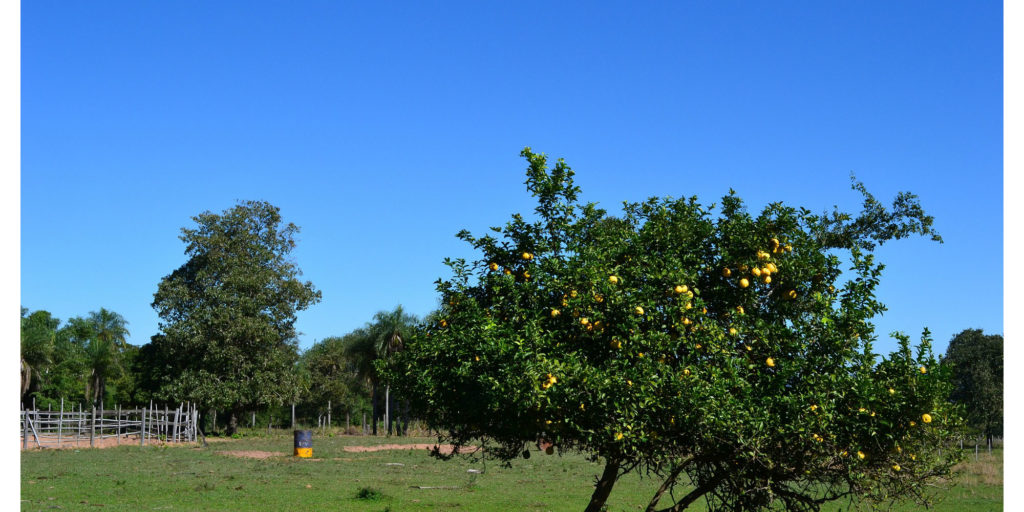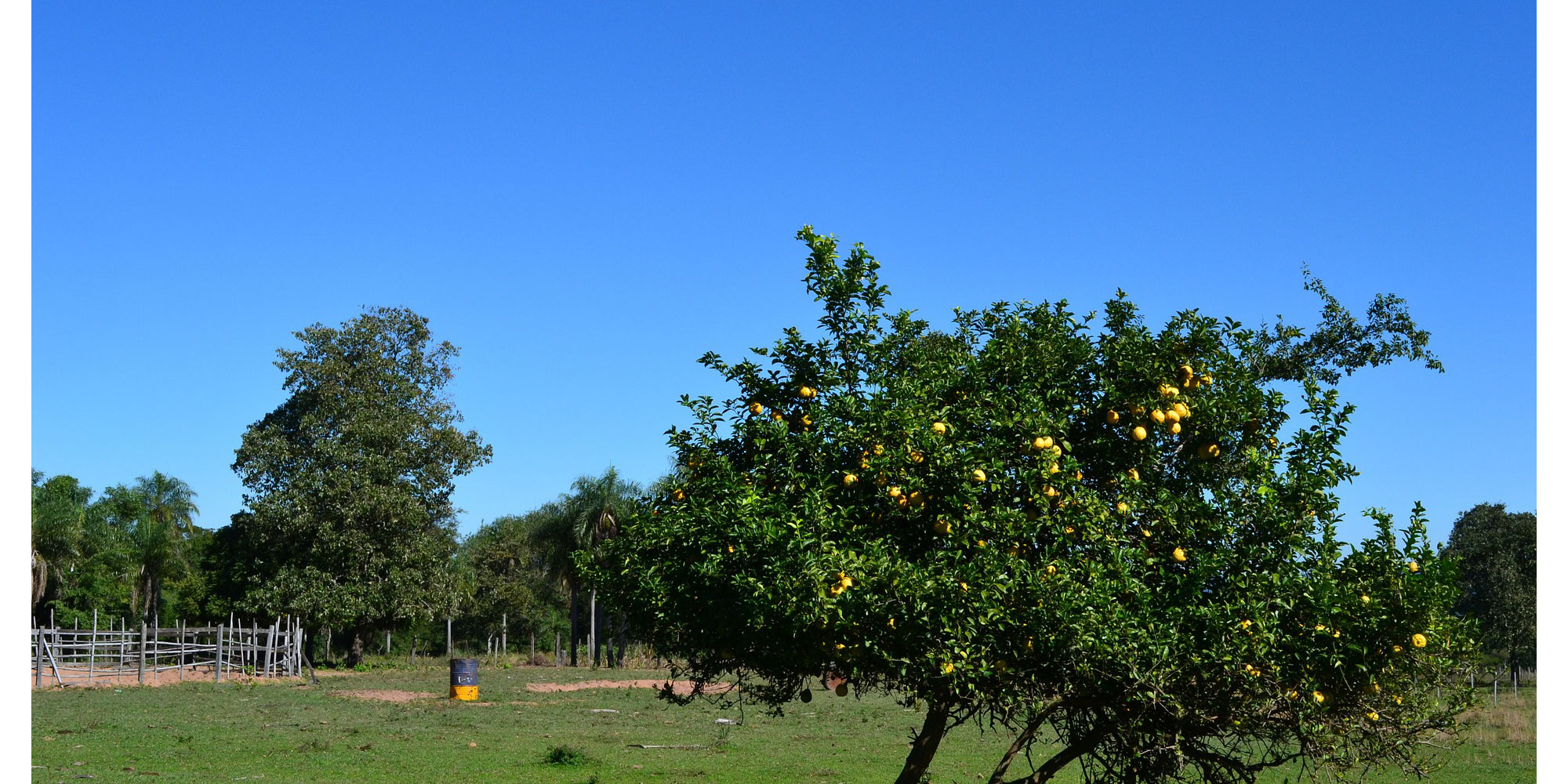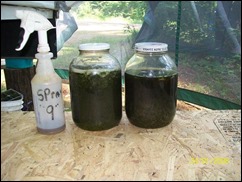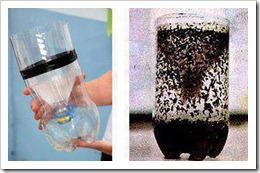
The benefits of incorporating lemons and lemon juice into your diet are astounding. I personally started drinking lemon water, a combination of lemon juice and water, instead of sodas, and I’ve never felt better! At the very least, I’m drinking more water because it tastes good.
If you didn’t know, lemons are a superfood that provide many benefits. Here is a small list of things lemons do once inside your body:
- Aid in digestion and detoxing
- Carry high amounts of Vitamic C
- Alkalines the body
- Relieves constipation
- Burns fat and aids in weight loss Experts recommend drinking lemon water at a warm temperature to aid in the absorption process.
I’ve seen conflicting reports about whether or not bottled lemon juice is just as effective as fresh cut lemons. Some say lemon juice loses important enzymes within minutes of being cut, and others have claimed that bottled lemon juice has had just as a healthy effect on their lives as regular lemons.
How To Grow a Lemon Tree from Seed
There are several ways to plant a lemon tree using seeds, instead of having to pay for a full-price for a full-grown plant. One way is to collect the seeds from the lemons that you already eat. The literature on using this method notes that you should plant them immediately after you take them from the lemon. The reason for this is that they are not supposed to dry out like common garden seeds. For more detailed instructions on this, refer to Lemon Tree from Seed published by New Mexico State University.
I prefer to buy pre-packaged lemon seeds. Since this was my first attempt, I didn’t want to botch it. You can find seeds on Amazon for extremely cheap, which will make any errors in the process more tolerable. That’s what I did anyway! Make sure you read the comments in the product reviews to make sure there isn’t consistent problems with any one seed provider.
Here are a few things to remember when planting:
- Lemons grow well in full sun or part shade, W or SW exposure is best.
- Put indoors when conditions are freezing, outdoors when not.
- Plant the seeds about 1/2″ deep in well drained soil. (Potting soil is fine)
- Do not over water
- Place a plastic bag over it for about a week to help germinate.
- Some claim putting a nick in the seed’s outer layer will help it germinate
- Germination takes 10 – 30 days

 South Florida in the summer can be full of bugs and pests that will eat all of your precious plants and make you want to stay indoors.
South Florida in the summer can be full of bugs and pests that will eat all of your precious plants and make you want to stay indoors.





